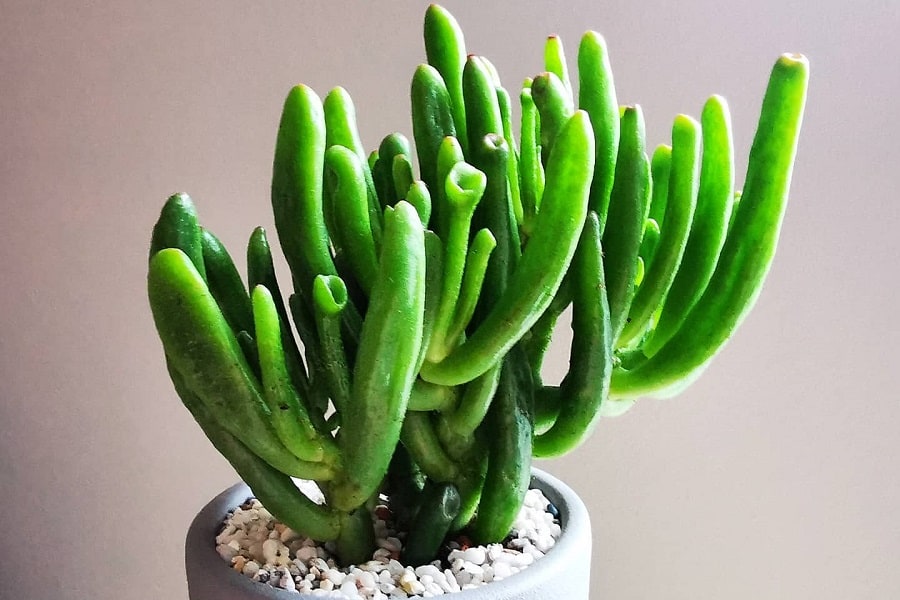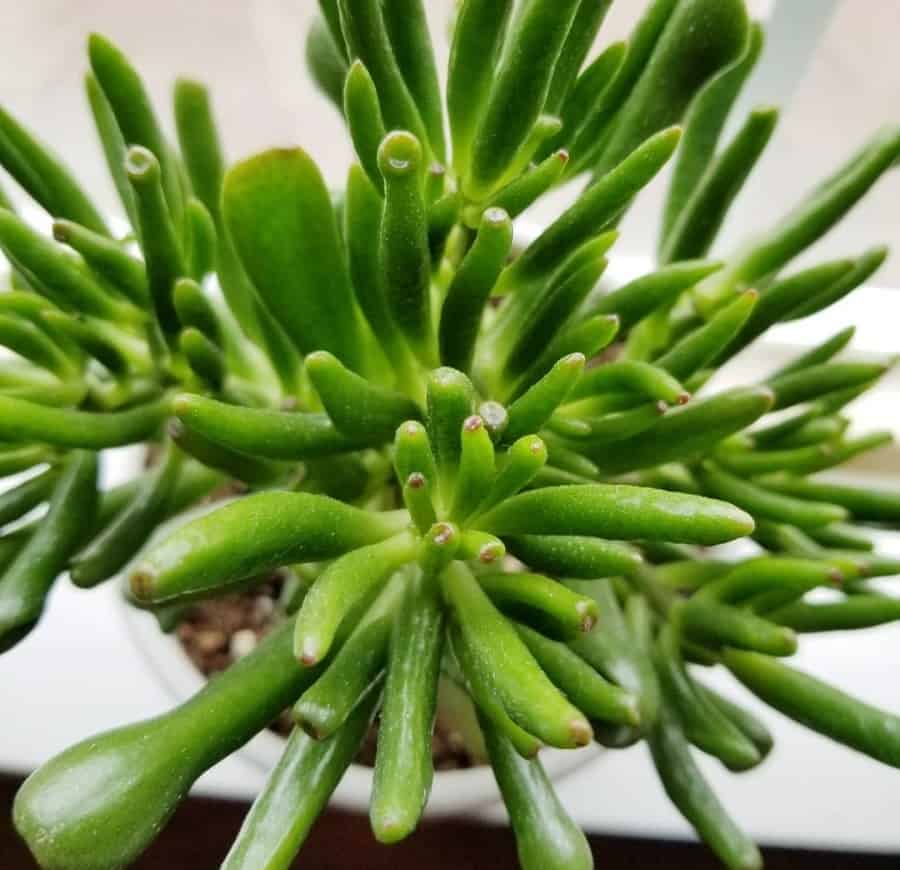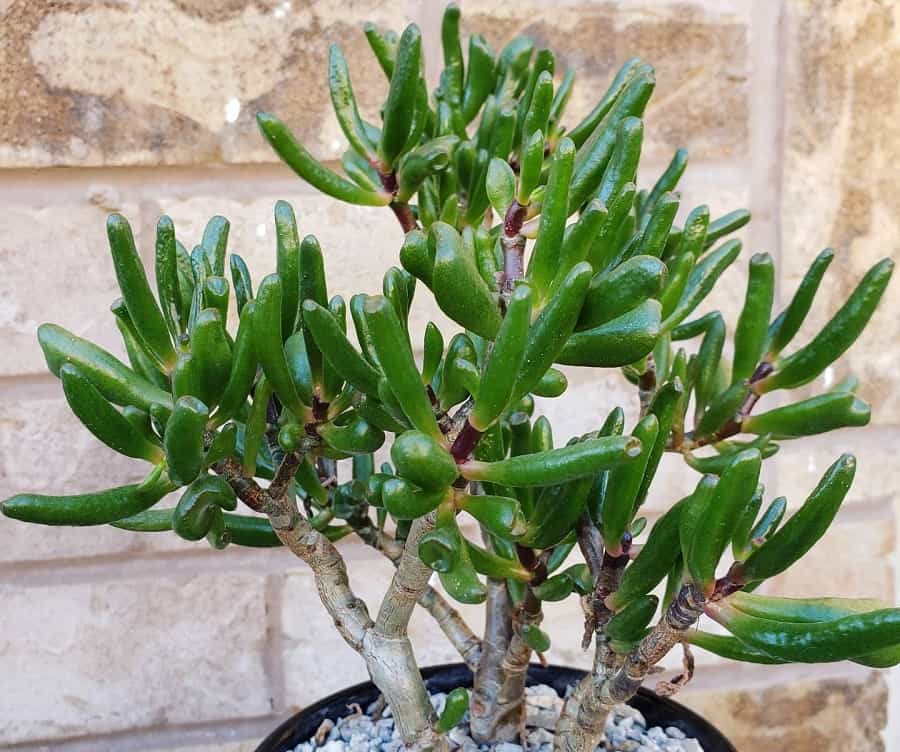Ever Seen a Succulent That Looks Like Coral? Meet the Crassula ovata Coral!
This quirky little plant is a real head-turner. The Crassula ovata Coral has short, thick stems that branch out sparsely, sprouting tubular leaves that resemble coral formations. And get this – it stays tiny, growing at a snail’s pace!
But here’s the real party trick: those coral-like leaves turn a vibrant reddish hue when exposed to lots of bright, direct sunlight. It’s like the plant is putting on a little show just for you!

Related Post:
Crassula Lower Classifications
Contents
Growing Crassula ovata Coral: A Simple Guide
Light
This succulent thrives in sunny spots, so place it on a windowsill where it can soak up lots of bright light and some direct sun. Aim for full to partial sun exposure for optimal growth and flowering.
Water
Like its succulent cousins, the Crassula ovata Coral has specific watering needs. Avoid overwatering, as this plant prefers its soil to dry out completely between waterings. From April to September (its growing months), water regularly, but during autumn and winter, cut back to sparse watering as the plant rests.
Soil
Give your Crassula ovata Coral a well-draining, gritty soil mix with low organic content. Adding pine bark or coconut coir can improve drainage.

Fertilizer
This succulent doesn’t need much food – too much fertilizer can cause it to lose its sleek, sophisticated look. If desired, feed with a diluted balanced liquid fertilizer every two weeks during spring and summer.
Climate
The Crassula ovata Coral succulent flourishes in warm, sunny climates. It thrives when temperatures range from 65°F to 75°F (18°C to 24°C). During the winter months, make sure the temperature doesn’t dip below 50°F (10°C).
This vibrant succulent doesn’t appreciate cold, damp conditions. Exposure to chilly, moist weather can cause the plant to lose its gorgeous coloring, turning the leaves a sickly yellow and mushy. If you live in an area with a cooler climate, it’s best to grow your Crassula ovata Coral indoors where you can control the environment. Just be sure to place it in a very sunny spot, like a bright window, to meet its light needs.
This succulent grows happily outdoors in USDA Hardiness Zones 9b through 11b. So if you reside in one of these warmer regions, you can showcase its beauty in your outdoor garden or landscape.
Pests and Diseases
The Crassula ovata Coral is generally free from major pest and disease problems. However, overwatering is a big threat that can lead to root rot or fungal growth. Too much moisture may also attract pests like aphids or mealybugs that cluster on the plant and damage it as they feed.
To keep your plant healthy, allow the soil to fully dry before watering again. Inspect regularly for insects or disease and wipe away any pests with a damp cloth. If you see signs of rot or fungus, remove affected parts and let the remaining plant dry out before replanting in fresh soil.

Propagating Your Crassula ovata Coral
- Leaves: Allow a healthy leaf to callus over, then plant in well-draining soil. Water when completely dry.
- Cuttings: Take a 2-3 inch stem cutting and plant in a small pot with a sand and peat moss mix. Keep in bright light at room temperature.
- Offsets: Remove offsets from the mother plant, allow to callus, then replant in well-draining soil. Water when dry.
- Seeds: Though slow-growing, you can try sowing seeds in autumn. Mix with sand and spread evenly on the soil surface, keeping moist until seedlings appear.
